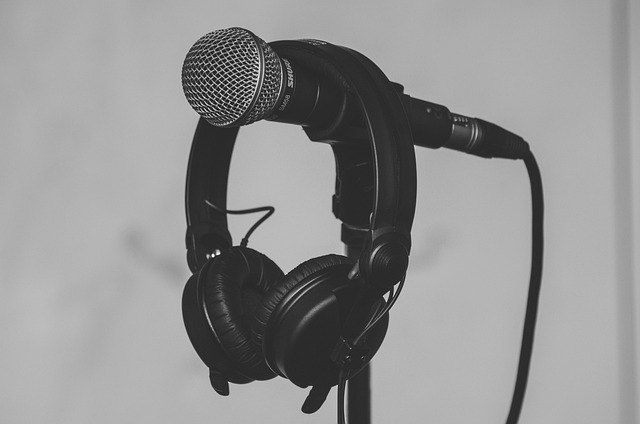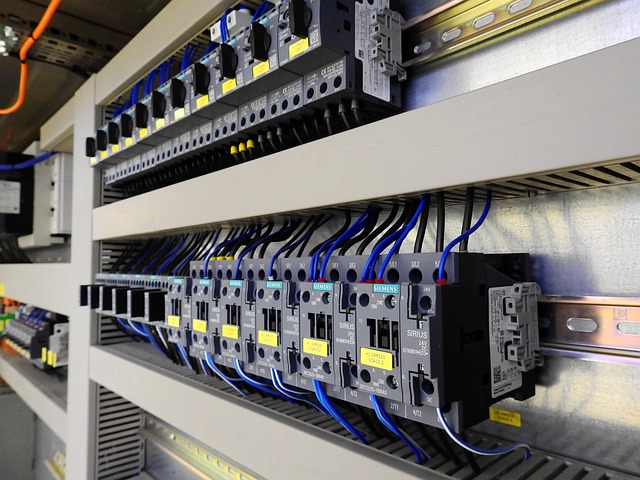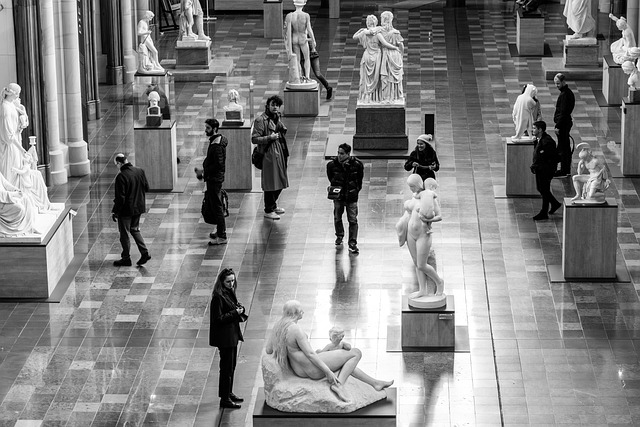The way we experience sound on the big screen has changed dramatically over the last half‑century. From the humble monaural recordings of early cinema to the immersive, multi‑channel audio systems of today, the evolution of film sound reflects broader shifts in technology, audience expectation, and artistic ambition. In the same vein, live sound has become a defining element of contemporary festivals and concerts, blurring the lines between recorded media and real‑time performance. This article explores how audio technology has driven both the film and entertainment industries, shaping the way stories are told and how music is consumed.
From Silent Pictures to Surround Sound
The silent era relied on live piano accompaniment or simple organ arrangements to convey emotion. When soundtracks were finally introduced in the late 1920s, they were recorded in mono, often with a single microphone capturing everything in a single channel. The result was a limited, flat listening experience that mirrored the simplicity of the early equipment.
- Monaural dominance: Audio was captured and played back in one channel, offering little spatial depth.
- Studio constraints: Recordings were often made in echo‑free rooms, losing the ambience of real locations.
- Audience adaptation: Viewers were quick to embrace the novelty, even if the audio quality was modest.
By the 1950s, stereo recording technology began to surface. Audiences were introduced to a subtle sense of directionality, as sound could now be placed in left and right channels. This innovation was particularly impactful in musical films, where orchestral arrangements benefited from the new spatial cues.
Surround Sound Revolution
The real turning point came with the advent of surround sound systems in the 1970s and 1980s. With formats such as Dolby Stereo, the audience could hear sounds coming from behind, to the sides, and even from above. This immersive audio palette opened up new possibilities for filmmakers, enabling them to build tension, highlight subtle musical motifs, and create a more believable cinematic world.
“Surround sound isn’t just about louder audio; it’s about placing the viewer inside the story,” notes audio engineer Lisa Martinez, whose work on several blockbuster soundtracks earned her critical acclaim.
Because film sets became more complex, sound designers developed multi‑track recording workflows, employing dozens of microphones to capture environmental sounds accurately. The result was a richer, more authentic audio landscape that mirrored the visual grandeur of modern filmmaking.
Live Sound in the Digital Age
While film audio has largely shifted to digital workstations, the concert and festival worlds have experienced a parallel revolution. Digital audio workstations (DAWs), high‑definition speakers, and networked mixing consoles allow producers to deliver pristine sound quality at unprecedented scale. Yet, even as the tools have modernized, the core ethos of live sound remains unchanged: to create an immediate, visceral connection between performer and audience.
- Microphone technology: From dynamic to condenser, microphones now capture a wider frequency range with less distortion.
- Signal processing: Real‑time effects like delay, reverb, and equalization enable engineers to sculpt the soundscape on the fly.
- Acoustic modeling: Software predicts how sound will travel through a venue, allowing precise speaker placement.
These advances have expanded the possibilities of what can be achieved at large outdoor festivals, where thousands of fans can now enjoy a clean, balanced mix even in the midst of environmental noise.
The Role of Audio in Festival Culture
Festivals have become cultural touchstones, offering an escape into curated experiences. The audio dimension is a crucial factor that shapes the overall atmosphere. From the opening pyrotechnic show to the final encore, the sound team orchestrates a sonic journey that reflects the theme, the artist’s vision, and the audience’s expectations.
“Audio is the invisible thread that weaves the festival narrative together,” explains festival director Marco Silva, who has overseen stages for over a decade.
To achieve this narrative, festival sound engineers must navigate logistical challenges: uneven terrain, variable wind conditions, and the sheer scale of the audience. They employ advanced monitoring systems to provide real‑time feedback to performers, ensuring that each note, beat, or spoken word lands as intended.
Cross‑Industry Collaboration
As the boundaries between film and live performance continue to blur, collaboration across industries has become a hallmark of contemporary audio projects. Sound designers who once worked exclusively in studios now partner with stage designers, lighting crews, and even virtual reality developers to craft immersive experiences that transcend traditional media.
- Virtual production: Film productions are increasingly using LED walls and real‑time audio rendering to create dynamic environments on set.
- Hybrid concerts: Artists now integrate pre‑recorded soundscapes with live instruments, blending the precision of studio audio with the energy of performance.
- Audience interaction: Social media platforms allow fans to influence live audio streams, making the concert experience more participatory.
These collaborations highlight the evolving role of audio as both an artistic medium and a technical discipline. The synergy between film and live sound has led to new storytelling methods that harness the full potential of modern audio technology.
Case Study: The Rise of Immersive Audio Platforms
In recent years, several immersive audio platforms have emerged, providing filmmakers and festival organizers with new ways to engage audiences. These platforms use binaural recording, 3D audio rendering, and spatialization techniques to create a sense of presence that feels almost physical.
“Immersive audio transports the listener into the scene,” says Dr. Emily Kwan, an acoustics researcher who has worked on several award‑winning projects.
For film, this means audiences can now feel the thunderous crash of a storm or the intimate whisper of a dialogue without turning their heads. In festivals, binaural setups allow patrons to experience a concert from multiple positions simultaneously, reducing the need for physically moving to different spots.
Future Trends in Audio for Film and Festivals
Looking ahead, the audio landscape is poised for further innovation. Key trends that are likely to shape the next decade include artificial intelligence‑driven mixing, wireless speaker networks, and eco‑friendly sound solutions.
- AI mixing: Algorithms that automatically adjust levels, EQ, and effects based on the content being played.
- Mesh networking: Wireless speaker systems that form a mesh network for seamless coverage across large venues.
- Green audio: Low‑power, energy‑efficient speakers and recording equipment that reduce the environmental footprint of productions.
These technologies promise to elevate audio quality while simplifying the logistics of large‑scale productions. As the entertainment industry continues to demand higher standards of sound, audio professionals will need to adapt quickly to maintain relevance.
Education and Skill Development
With the rapid pace of technological change, continuous learning is essential for anyone working in audio for film or live events. Universities, trade schools, and online platforms now offer specialized courses covering acoustics, digital signal processing, and live sound engineering.
“Staying current with the latest audio tools is not optional; it’s a career necessity,” notes audio instructor James Patel, who runs a popular workshop series for aspiring sound designers.
Moreover, interdisciplinary training—combining knowledge of music theory, cinematography, and engineering—has become increasingly valuable. Such holistic skill sets enable professionals to contribute meaningfully to collaborative projects that span multiple disciplines.
Conclusion
From the early days of silent film to the current era of immersive, multi‑channel audio, the evolution of sound has been a driver of creative expression in both cinema and live performance. The ongoing convergence of technologies, the collaborative spirit across industries, and a commitment to continuous learning have paved the way for a future where audio is not just an accompaniment but a central, dynamic element of storytelling.


